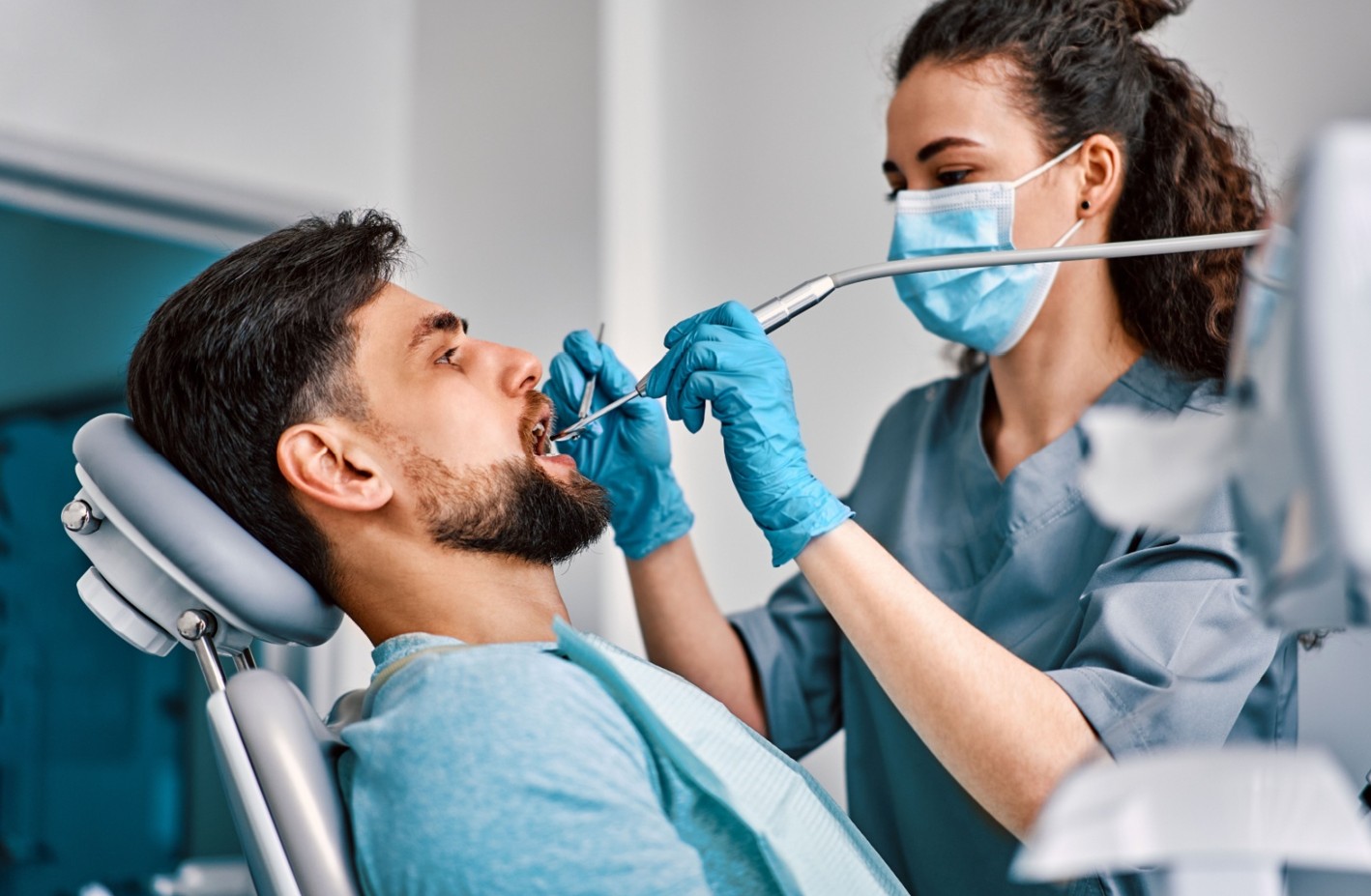If you’ve ever delayed scheduling a dental check up because you weren’t sure how long it would take, you’re not alone. Busy schedules make people want to know exactly what to expect when they sit down in the chair. Fortunately, most cleanings are relatively quick, straightforward, and well worth the time. Understanding what happens during the appointment and what factors affect the length of a cleaning can make it easier to plan your visit.
Why Dental Cleanings Matter
Routine cleanings are one of the most effective ways to prevent cavities, gum disease, and other oral health issues. While brushing and flossing at home are important, they don’t remove all plaque and tartar. Professional tools and expertise provide a deeper clean, along with early detection of problems before they become serious.
In many ways, a dental check up is not just about keeping your teeth clean—it’s also a preventive step that supports your overall health. Research continues to show a connection between oral health and conditions such as heart disease and diabetes, making regular appointments a smart investment in your well-being.
Average Length of a Cleaning
For most adults, a routine cleaning takes between 30 minutes and an hour. This includes time for the hygienist to remove buildup, polish teeth, and check for signs of gum disease. If X-rays or a full exam with a provider are included, the appointment may last a little longer—usually up to 90 minutes in total.
Children’s cleanings are often shorter, typically 20 to 40 minutes, depending on how many teeth they have and how cooperative they are during the process.
What Happens During the Appointment
A standard cleaning involves several steps, each designed to support healthy teeth and gums.
Examination
The hygienist begins with a quick review of your mouth, checking for obvious issues like gum inflammation, decay, or visible tartar. This step ensures the cleaning plan fits your needs.
Scaling
Special tools are used to remove plaque and tartar from the teeth and along the gumline. This is often the lengthiest part of the process, especially if there’s significant buildup.
Polishing
Once scaling is complete, teeth are polished with a gritty toothpaste that smooths surfaces and removes minor stains.
Flossing
The hygienist will floss between your teeth to clear away any remaining debris and check for areas of bleeding that could indicate gum issues.
Fluoride Treatment (Optional)
Some appointments include fluoride to strengthen enamel and protect against cavities. This adds only a few minutes to the visit.
Factors That Affect Timing
Not every cleaning takes the same amount of time. Several factors influence how long your appointment will last.
- Oral health condition: Heavier tartar buildup or gum disease makes cleanings longer.
- Type of cleaning: Preventive cleanings are faster than deep cleanings.
- X-rays and exams: Adding these extends the appointment.
- Age and comfort level: Children and anxious patients may need slower pacing.
- Last visit: The longer it has been, the more buildup there is to remove.
Deep Cleanings: What to Expect
Sometimes, a standard cleaning isn’t enough. For patients with gum disease, a deep cleaning—also called scaling and root planing—may be recommended. This procedure removes bacteria below the gumline and smooths tooth roots to promote healing.
Deep cleanings usually take longer, often spread across two visits lasting 60 to 90 minutes each. While more time-intensive, this treatment is crucial for stopping disease progression and protecting long-term oral health.
Why Deep Cleanings Take Longer
- More thorough removal of tartar below the gumline
- Local anesthesia may be used, adding time for numbing
- Careful smoothing of roots to encourage gum reattachment
- Post-procedure instructions and recovery discussion
While they require more time, deep cleanings are often the key to preventing tooth loss and restoring gum health.
How to Make the Most of Your Appointment
Preparation helps your cleaning go smoothly and efficiently.
- Brush and floss beforehand to remove surface debris.
- Arrive a few minutes early to complete paperwork and reduce stress.
- Bring a list of medications and health history to share with your provider.
- Communicate openly about any discomfort or concerns during the cleaning.
These small steps save time and help the appointment run smoothly.
Benefits of Regular Cleanings
Making cleanings part of your health routine saves time in the long run. When you keep up with a dental check up every six months, appointments are shorter and easier because there’s less buildup to remove. Preventive visits also reduce the risk of needing more invasive and time-consuming treatments later.
Other benefits include:
- Fresher breath and whiter teeth
- Early detection of cavities and gum disease
- Guidance on better brushing and flossing habits
- Reduced risk of tooth loss and more expensive treatments later
- Peace of mind knowing your oral health is on track
How Often Should You Schedule a Cleaning?
Most people benefit from visiting every six months. However, some individuals—such as those with gum disease, frequent cavities, or certain medical conditions—may need to schedule cleanings more often. Your provider will recommend a timeline tailored to your needs.
FAQs About Dental Cleaning Length
Can I Schedule a Cleaning on My Lunch Break?
Yes, many cleanings fit within an hour. If your provider also schedules X-rays or an exam, plan for a bit more time.
Why Does My Friend’s Cleaning Take Less Time Than Mine?
Every mouth is different. Factors like tartar buildup, gum health, and whether X-rays are needed all affect the length of the visit.
Do Whitening Treatments Add Time to a Cleaning?
Yes. While cleanings and whitening are sometimes scheduled together, whitening adds an extra 30–60 minutes depending on the method.
Are Pediatric Cleanings Faster?
Generally yes, but younger children may take longer if they’re nervous or need extra reassurance.
Final Thoughts: Making Time for Your Smile
A cleaning usually takes less than an hour but offers benefits that last for months. While the exact time varies based on your oral health and the type of cleaning required, most appointments are easy to fit into a busy day.
By staying consistent with preventive visits, you save time, money, and discomfort in the long term. Partnering with your provider ensures you receive the right care for your specific needs, making each appointment efficient and effective.
When you schedule your next dental check up, think of it as more than just a cleaning—it’s an investment in your health, confidence, and quality of life.




